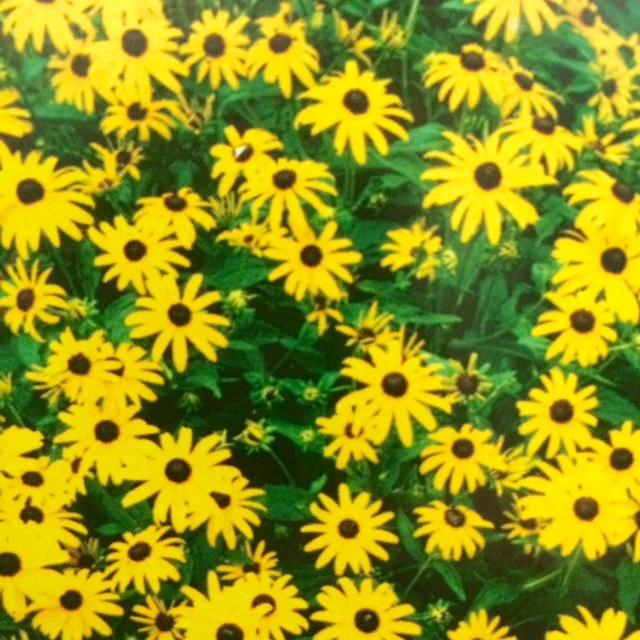The second landscaper arrived in a battered truck, one door of which had a massive dent roughly the shape of Australia. A broken window was held together with a cunning arrangement of duct tape and plastic sheeting.
At the back of the truck was a ferocious dog of dubious lineage. The landscaper, Hiram I. Swindell, was a gloomy looking man with a hacking cough–helped along by an ever present cigarette. The cough was rich sounding and productive. It started innocently enough with a slight wheeze, then degenerated into a deep rumbling sound. This soon turned into a frenzied sputtering with a gasping Hiram doubled over. This awesome sound stopped traffic in two counties.
Hiram set fire to another cigarette and introduced me to his “designer” Etta Mae–and their grandchild, a small snuffling child whose nose needed attention. Etta Mae measured the area and jotted the result down on a scrap of paper; she conferred with Hiram. The estimate was very reasonable and Hiram offered an extra 10% discount if the total amount was paid. I accepted, for hadn’t my mother always told me that a penny saved is a penny earned? Looking less gloomy than when he’d arrived, Hiram pocketed the check and handed me a card which said,
El Cheapo Landscaping/Sewer Maintenance
Thousands of SATISFIED Customers.
Before they left, I emphasized the importance of being careful with the sprinkler system.
“No sweat,” said Hiram, puffing on his cigarette.
“No problem,” said Etta Mae.
The hound barked and the child sniffed. He, Etta Mae, and the child whose nose now needed urgent attention got into the truck. Hiram promised to start on Monday. I believed him…
2 to 4 weeks later, the crew arrived; the “foreman” with a long ponytail and a beefy man with snakes tattooed on his bulging biceps. They both wore T-shirts that announced their preference for a certain brand of beer. They embarked on the most important part of the project–an early lunch. 3 hours later, they returned feeling refreshed from their watery “lunch.” I reminded them to be careful with the sprinkler system.
“No sweat,” burped the “foreman.”
“You betcha,” grunted the beefy one. He set to work with a vengeance, using a sort of rototiller to rip out the lawn while the so-called foreman studied “the plan.”
Two hours later, I discovered that they had ripped out not only part of the sprinkler system but also 3 valuable shrubs.
They headed for their truck saying they’d be back in the morning “to fix things up.” I never saw them again.






















